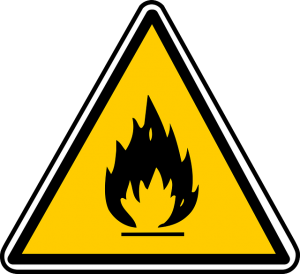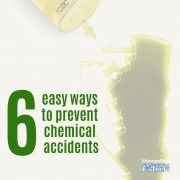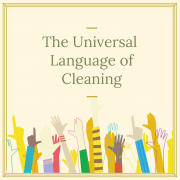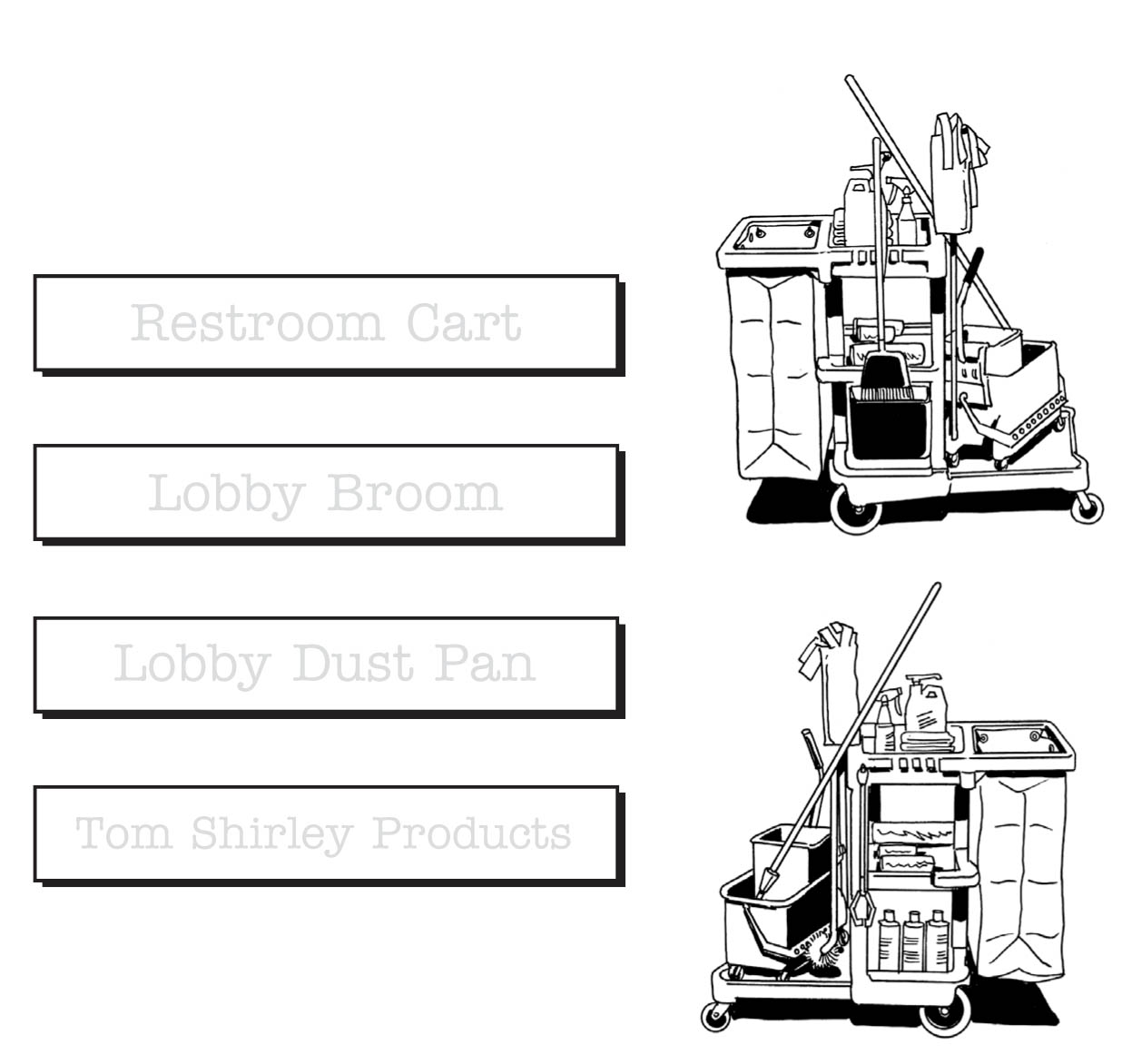6 Easy Ways to Prevent Accidents from Cleaning Chemicals
After last week’s incident at a Buffalo Wild Wings when a young manager died following exposure to toxic fumes from a floor cleaner, we’ve received several calls and emails from organizations looking to prevent a similar situation from happening in their own businesses.
Updates from the original story show that the manager died and at least 13 other individuals in the restaurant became sick after two cleaning products — Super 8 and Scale Kleen — were “accidentally” mixed.
As most cleaning professionals know, mixing bleaches and acids is a no-no, as bleach contains sodium hypochlorite, it can create a dangerous—and sometimes fatal — chlorine gas.
In this incident, Scale Kleen, an acid based solution, was applied to the floor. Later, Super 8 was applied to the floor which mixed with the Scale Clean creating a reaction that “turned green and started to bubble,” the local fire chief told NBC. The resulting fumes killed the manager who tried to squeegee the substance from the floor and sickened others in the vicinity.
While some have called for less “dangerous” chemicals to be used in commercial settings, we need to do a better job of training the people who use cleaning chemicals. Why? Because incidents like this can happen with household cleaning products. Even the most basic things can cause issues. Bleach (sodium hypochlorite), Ammonia (glass cleaner) and Peroxide (used as an alternative to a disinfectant) can cause reactions that damage surfaces —or even worse—death.

Here are six easy ways to minimize chemical accidents such as these:
- Never mix chemicals. Need we say more?
- Use Personal Protective Equipment (PPE) when using any hazardous substances. This includes gloves, goggles, boots, face shields, aprons and any other material that can protect the user’s hands, eyes, face and skin from contact with the chemical. The PPE should be made of material specifically designed to resist penetration by the particular chemical being used.
- Read the Safety Data Sheet (SDS). In addition to listing the name, toxicity and hazard, the SDS also provides critical information about the chemical’s composition and physical characteristics. OSHA requires this information be available for employees to read and understand.
- Follow instructions. Manufacturers include specific instructions for use of cleaning chemicals, which includes dilution ratios and where the product can safely be used. Read and take the time to understand these instructions before using any cleaning product.
- Use ventilation. The ongoing circulation of fresh air is critical in keeping concentration diluted and within safe usage levels.
- Conduct ongoing training. Training—and the documentation of training—is critical when it comes to making sure workers safely handle cleaning chemicals. From online to classroom style training, there are a variety of resources to educate workers on how to properly handle cleaning chemicals.
When Benjamin Franklin made the famous statement, “An ounce of prevention is worth a pound of cure,” in 1736, he was encouraging the citizens of Philadelphia to be vigilant about fire awareness and prevention.
He encouraged the formation of a brigade specially trained to fight fires, which led to the formation of the Union Fire Company later that year. He also urged that chimney sweeps should be licensed by the city and be responsible for their work.
Thanks to his advocacy, Philadelphia became one of the city’s safest from fire damage.
It is our hope that even today—almost 300 years later—we can look to the wisdom offered in Franklin’s axiom to prevent future chemical accidents from occurring, improving the safety of everyone who handles cleaning chemicals. Taking steps now to prevent an accident from occurring could quite possibly save a life.



